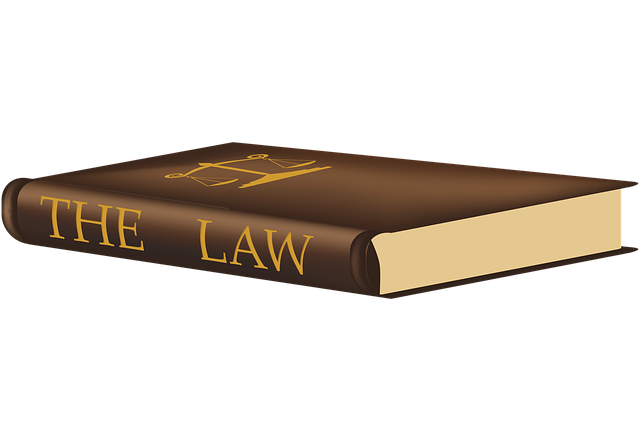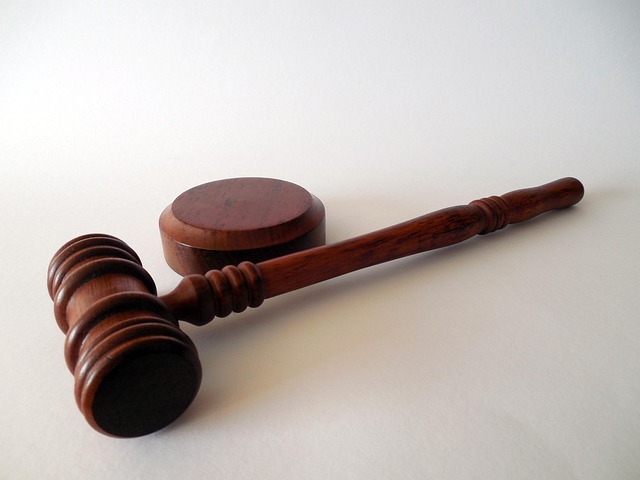Environmental Crime Trials prosecute harm to environment and public health through robust legal frameworks. Convictions require strong Evidence Needed for a Personal Injury Claim including scientific data, expert testimony, medical records, environmental assessments, and financial loss documentation. These cases involve corporations and individuals with far-reaching consequences. Gathering evidence demands meticulous detail, leveraging public records and forensic reports. Attributing liability is complex due to scientific data, long-term exposure, and multiple parties. Victims seek compensation for medical, wage, and property costs through robust evidence needed for a personal injury claim, fostering justice and accountability. Effective prevention and enforcement require specialized training, community involvement, and strategic partnerships to protect public health and the environment.
Environmental Crime Trials shed light on the legal battle against ecological damage and its consequences. This article explores the multifaceted approach to adjudicating environmental harm, from defining these unique cases to understanding the evidence required for Personal Injury Claims. We delve into the challenges of attributing liability, the impact on victims and communities, and essential strategies for prevention and enforcement. By examining these key aspects, we aim to highlight the complexity and importance of holding polluters accountable.
- Defining Environmental Crime Trials: Legal Framework
- Gathering Evidence for Personal Injury Claims
- Challenges in Attributing Liability: A Legal Perspective
- Impact on Victims & Communities: Rights & Compensation
- Preventive Measures & Enforcement Strategies
Defining Environmental Crime Trials: Legal Framework

Environmental Crime Trials are legal proceedings that focus on holding individuals or corporations accountable for damaging the environment. These trials operate within a robust legal framework designed to protect natural resources and public health. The definition encompasses a range of activities, from pollution and habitat destruction to illegal waste disposal and resource exploitation.
The Evidence Needed for a Personal Injury Claim in these cases is critical. Prosecutors must gather scientific data, expert testimony, and documentation to prove the environmental harm and its impact on affected communities. This includes medical records, environmental assessments, and financial losses incurred due to the crime. Both corporate and individual clients may face charges in white-collar defense strategies, with implications reaching beyond legal consequences to affect philanthropic and political communities.
Gathering Evidence for Personal Injury Claims

Gathering evidence for personal injury claims is a meticulous process that demands precision and thoroughness. In such cases, establishing liability often hinges on concrete facts and expert analysis. This includes medical records detailing the extent of injuries, eyewitness accounts providing a timeline of events, and forensic reports confirming the cause of harm. With an unprecedented track record of winning challenging defense verdicts, legal professionals have honed their skills in navigating complex scenarios.
Beyond tangible proof, public records and documents from insurance companies can offer valuable insights. These sources may reveal patterns of negligence or intentional misconduct. By combining these various pieces of evidence, attorneys build a compelling case for their clients, ensuring that the philanthropic and political communities are held accountable for their actions.
Challenges in Attributing Liability: A Legal Perspective

Attributing liability in environmental crime cases presents unique challenges for legal professionals. Unlike traditional personal injury claims where evidence is relatively straightforward—witness testimonies, medical records, and direct physical proof—environmental harm often involves complex scientific data, long-term exposure, and multiple parties involved. This makes it difficult to pinpoint a single responsible entity, especially when corporate and individual clients are interwoven in supply chains or decision-making processes.
Legal strategies must navigate these complexities, gathering evidence that establishes causation and intent. This includes documenting pollution sources, analyzing environmental impact reports, examining corporate governance structures, and presenting expert witnesses who can interpret scientific data for a jury trial. Winning challenging defense verdicts in these cases demands meticulous preparation, leveraging available evidence, and effectively communicating the nuances of environmental law to a lay audience.
Impact on Victims & Communities: Rights & Compensation

Environmental crime trials have profound impacts on victims and communities. When individuals or groups suffer personal injuries or property damage due to environmental hazards, they often face an uphill battle for justice. Establishing liability in high-stakes cases requires robust evidence needed for a personal injury claim, including scientific reports, expert testimony, and documented evidence of negligence. The process can be complex, particularly when dealing with corporate and individual clients, but it is crucial for securing compensation that covers medical expenses, lost wages, and property restoration costs.
Victims and communities have rights in these cases, including the right to participate in jury trials where their stories can be heard. Compensation not only provides financial relief but also acknowledges the harm caused by environmental crimes. It fosters a sense of justice and encourages companies and individuals to take responsibility for their actions, ensuring that similar incidents are prevented in the future.
Preventive Measures & Enforcement Strategies

Environmental crime trials require robust preventive measures and effective enforcement strategies to address the unique challenges posed by these high-stakes cases. A successful approach involves a multi-faceted strategy that starts with gathering comprehensive evidence, including scientific data, expert opinions, and firsthand accounts, which is crucial for any personal injury claim. This evidence plays a vital role in navigating all stages of the investigative and enforcement process across the country.
Law enforcement agencies must be equipped to handle complex environmental investigations, ensuring they have access to specialized training and resources. Strategizing with community involvement can also prove effective, fostering a collaborative environment to identify and report potential crimes. By integrating these measures, authorities can deter illegal activities, enhance accountability, and protect public health and the environment in both bustling urban areas and remote landscapes alike.
Environmental crime trials play a pivotal role in holding perpetrators accountable and providing justice for victims of ecological damage. By understanding the legal framework, gathering robust evidence—such as that needed for a personal injury claim—and addressing challenges in liability attribution, these cases can ensure compensation and rights for affected individuals and communities. Preventive measures and enforcement strategies are essential to deterring future environmental crimes and fostering sustainable practices. This comprehensive approach is crucial for navigating complex ecological issues and creating a healthier, more accountable society.






